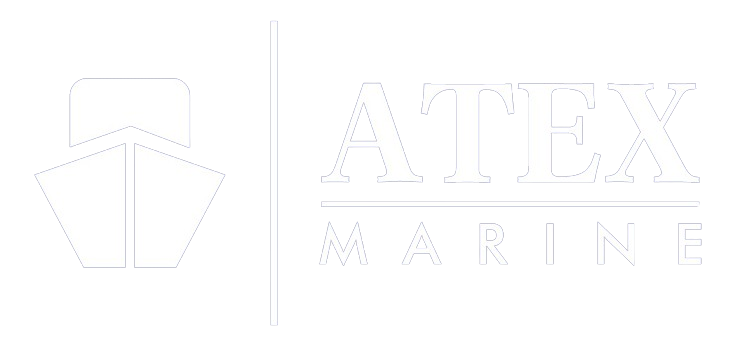Understanding Marine Valve Control Systems: A Comprehensive Guide
Marine valve control systems are critical components in ship and vessel operations, responsible for regulating fluid flow, pressure, and direction within various systems onboard. These systems ensure efficient and safe operation by controlling valves remotely or automatically, depending on the vessel’s needs and conditions.
Key Features of Marine Valve Control Systems
- Remote Operation: Allows valves to be controlled from a central location, improving operational efficiency.
- Automation: Automatic valve control based on predefined parameters or sensor inputs for enhanced safety and reliability.
- Monitoring: Provides real-time feedback on valve status and performance, facilitating proactive maintenance.
- Integration: Can be integrated with other onboard systems for seamless operation and data exchange.
- Safety: Ensures proper valve positioning and operation to prevent leaks, overpressure, and other potential hazards.
Applications of Marine Valve Control Systems
Marine valve control systems are used in various applications onboard ships and vessels, including:
- Engine room systems
- Ballast and bilge systems
- Fuel and oil transfer systems
- Firefighting and safety systems
- Hydraulic and pneumatic systems
Frequently Asked Questions (FAQs) about Marine Valve Control Systems
| Question | Answer |
|---|---|
| What are marine valve control systems? | Marine valve control systems are systems used to remotely or automatically control valves onboard ships and vessels to regulate fluid flow, pressure, and direction. |
| How do marine valve control systems work? | They operate valves using hydraulic, pneumatic, or electric actuators controlled either manually, remotely, or automatically based on predefined conditions or inputs. |
| What are the benefits of using marine valve control systems? | They enhance operational efficiency, improve safety by preventing leaks and overpressure, and provide real-time monitoring and control capabilities. |
| Where are marine valve control systems installed? | They are installed in critical systems onboard ships such as engine rooms, ballast systems, firefighting systems, and hydraulic/pneumatic systems. |
| How are marine valve control systems maintained? | Regular inspection, testing, and maintenance are essential to ensure valves and control systems function correctly and reliably. |
| Can marine valve control systems be integrated with other ship systems? | Yes, they can be integrated with navigation, monitoring, and alarm systems to provide comprehensive control and monitoring capabilities. |
| What types of valves can marine valve control systems operate? | They can operate various types of valves, including gate valves, ball valves, butterfly valves, and globe valves, depending on the application requirements. |
| Are marine valve control systems suitable for all types of vessels? | Yes, marine valve control systems are designed to meet the specific needs and requirements of different types of vessels, from small boats to large ships. |
| Do marine valve control systems require specialized training to operate? | Operating marine valve control systems may require training to ensure operators understand the system’s capabilities, procedures, and safety protocols. |
| Can marine valve control systems improve fuel efficiency? | Efficient control of valves can contribute to improved fuel efficiency by optimizing fluid flow and reducing energy losses onboard. |
Marine valve control systems play a crucial role in maintaining the operational integrity and safety of ships and vessels. Understanding their functionality, benefits, and applications is essential for ensuring smooth and efficient marine operations.
